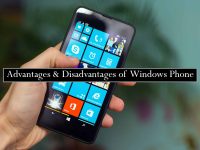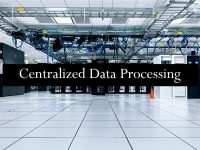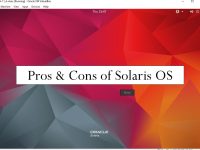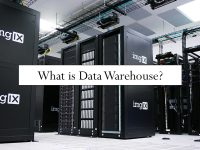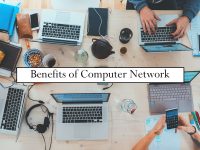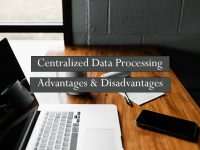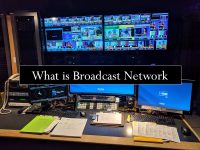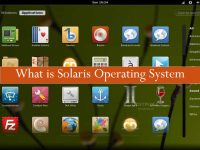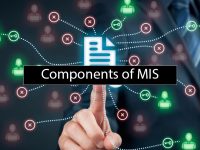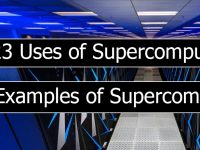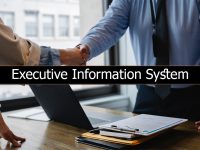What are software and hardware?
Computer software and hardware work together to make a computer. In all computer devices i.e. smartphones, personal computers and other types of computers, the hardware is the main part of the computer/device. First I will discuss both software and hardware.
What is software?
Software is a set of executable code that is run by the CPU (central processing unit). Computer software also includes non-executable data i.e. documentation, eBooks and other media. We cannot touch software and it is only stored in devices/computers. Software programs send instructions to the operating system to read/write data to the hardware.
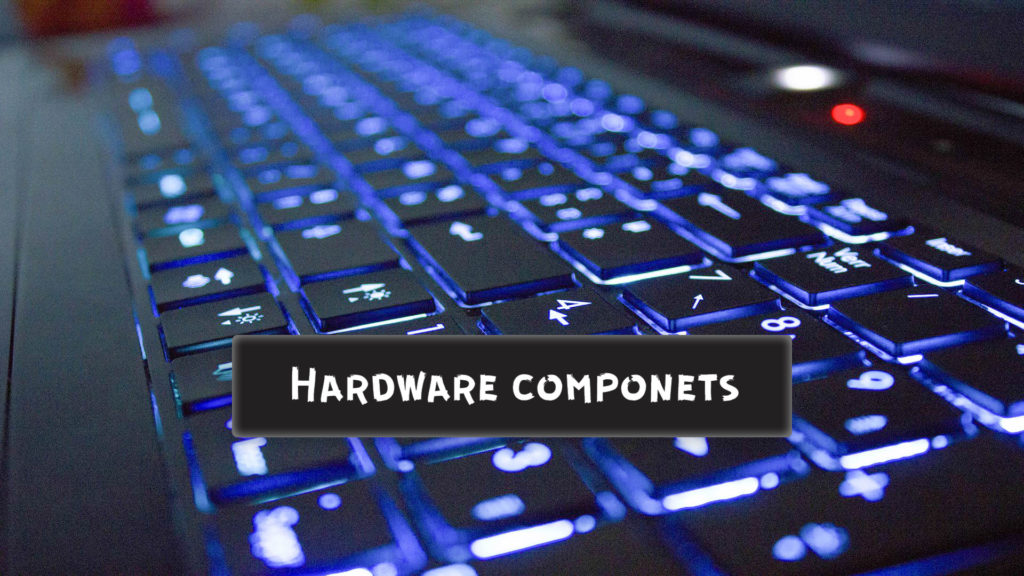
What is the hardware?
Hardware is the physical part of computer/devices which helps to store and process data. Computer hardware is mandatory in any computer and without it computer not work. Firmware is used for communication between hardware and software.
Now I will list components of computer hardware and its functions:-
- Motherboard: Motherboard also known as system board holds CPU, RAM, power supply, sound card, graphics cards, etc. It also supplies electricity to hard drives, processor and other parts of the computer. The first personal computer made by IBM comes with a motherboard that only holds CPU and card slots. If you are purchasing motherboard then you have to be careful about how many RAM slots are there and also whether it has network card attached to it or not. There are other form factors e.g. ATX which you should consider before purchasing motherboards.
- Random access memory (RAM): RAM is used to temporary store computer data and instructions. The main function of RAM is sent/receive data from the processor and other parts of input/output devices. For example, if you type anything from the keyboard then it is first sent from the input/output controller to RAM and then sent to the processor. The processor then processes the data and display on the monitor. Note that RAM is volatile memory i.e. data is lost from RAM when the computer is shut down. A common type of RAM is known as dynamic RAM.
- Read only memory (ROM): In ROM, data is stored permanently and data cannot be changed by the computer. It is also known as non-volatile memory because data cannot be lost after the computer is shut down.
- Hard drive: Hard drives are non-volatile memory also known as hard disk drives (HDD). Hard drives store operating system files, application problems, media and other documents. Example of hard drives includes SATA, PATA, SCSI, etc.
- Solid state drive (SSD): SSD is also used to store data like a hard drive but it is much faster than a hard drive. It uses microchips to store/read/write data like on USB. It makes the computer faster. Nowadays both hard drive and SSD are used in a computer to run the application software fast.
- Optical drives: Optical drives are a non-volatile memory. Examples of optical drives are CD-ROM, DVD and blue ray optical drives.
- Scanner: Scanners are input devices used to capture images from books, magazines, photographic prints, posters and then edited in the computer. Scanners can take black and white or color images also.
- Printer: Printers are output devices that are used to print text/images of computer output on the paper sheet. Types of the printer include inkjet printer, laser printer and impact printer.
- Mouse: Computer mouse is an input device which is used to move, drag, click and scroll on the screen. The mouse has two buttons and one scroll bar. You can click the button or move the mouse on a flat surface to change the cursor position on the screen.
- Keyboard: Computer keyboard is an input device with a lot of buttons which looks like type writer. It is used to give input to the computer by typing. Some types of the keyboard include a multimedia keyboard, virtual keyboard, mechanical keyboard, USB keyboard, wireless keyboard and QWERTY keyboard.
- CPU (Central processing unit): CPU carries out all the calculations of the computer. It also controls all the devices attached to the computer and translates instructions given by software and hardware. CPU is the brain of the computer and is also known as a central processor or main processor.
- USB device: USB abbreviated as the universal serial bus is a technology that connects different digital devices to the computer. Devices include mice, keyboard, webcam, Wi-Fi, scanners, printers, external hard drives, media devices and flash drives. The data transfer speed of USB is faster than the internal hard drive and optical drive.
- Webcam: With the webcam you can take pictures and record live videos and broadcast on the internet. The webcam is used for video conference and operating systems have built-in feature to detect the webcam. New laptops have a built-in webcam available.
- Microphone: Microphone is a hardware part which captures our voice and converts it into a digital form that we can edit in the computer.
- Speakers: Computer speakers convert electromagnetic waves into sound waves. By speaker, we can listen to music and other sounds that the computer output.
- Sound card: Sound card is an expansion card which produces a sound that can be detected by the speakers.
- Network interface card (NIC): Network interface card connects the computer to the network. NIC is a wired and wireless network that connects the computer to the internet.
- Graphics/video card: Graphics card or video card comes in two types. One type of graphics card is inbuilt with the motherboard that is used to display graphics on the screen while browsing internet or reading documents. Another type of graphics card processes 3d graphics on the computer. This type of graphics card has its own memory and reduces high-end image processing load on the CPU.
- Power supply: Power supply is used for converting high voltage of electricity to low voltage that is used to boot up the computer and for running of computer hardware devices.
- Card reader (SD/SDHC): Card reader is used for reading/writing to the memory card. The card reader can have one card slot or multiple card slots.
- Monitor: Monitor is an electronic device that displays pictures and videos. It has a casing, power supply and circuitry. The monitor looks like a traditional TV or LCD/LED. The main difference between TV and monitor is screen resolution and remote control. The monitor has high screen resolution and it has no remote control.
- Projector: Projector is an output device that displays pictures generated by the computer on the wall or flat surface. The projector is used for giving a presentation or for watching a movie.
- Battery backup (UPS): Battery backup or UPS is attached to the computer so if your electricity is off for any reason then you can still run your computer through UPS. The size and power of UPS are different for different devices.
- External hard drive: External hard drive is a portable device that is used to store/backup data from the computer. It can be connected to the computer by USB, wirelessly or by fire wire connection.
- Pen tablet: Pen tablet or drawing tablet is an input device by which a user can hand-draw pictures or animation with the help of a pen-like stylus.
- Floppy disk drive: Floppy disk drives were portable devices used in the old computer and they were used to store a small amount of data. Floppy disk drives does not come with new computers because nowadays data is large that cannot fit into floppy drives.
- Joystick: Joystick is a cursor control device used for playing games on the computer. It also has one or more buttons which help in gaming. Its shape is copied from the control stick used in aero planes.
- Tape drive: Tape drives are old storage devices used to store data on magnetic tape. Most companies still use tape drives because data can be saved offline in these devices for 30 years also. While on hard drives data is not stored for a long period of time without maintenance.
- Zip drive: Zip drive is used to store and carry data outside computer i.e. it is a portable drive. New zip drives can store data up to 250 megabytes.
- Digital modem (Cable modem, DSL modem, etc.): Digital modem is used to connect Ethernet cables to the LAN. The modem can be wireless also which connect the computer with the LAN or to the internet. The modem is used to transmit data from computer to telephone lines or cable lines.
- Router: Router is a networking device that connects the computer with the network. Data is transferred from the computer to the router and then router directs the data to the destination computer.
- Access point: Access point (AP) or wireless access point (WAP) is a networking hardware device used to connect other Wi-Fi devices to the wired network.
- Network switch: Network switch is used to transfer data packets from one computer to other. Data is sent from the network card attached within the computer to the switch then switch sends that data to the destination computer. Note that switch use MAC address of the computer for transferring and receiving data.
- Print server: Print servers are attached to the client computers and their job is to print documents. Print requests sent from the client computers are stored in a queue. So all the print jobs are served in the first-in-first-served basis. Suppose computer ‘A’ sends a print request to the print server before computer ‘B’ then computer A is first served.
- Firewall: Firewall is used to protect our computer from unauthorized access. Suppose our computer is connected to the LAN or internet then a certain type of domain servers are prevented from accessing our computer. The firewall also stops virus programs to damage our PC.
- Bridge: Bridge is a network device which divides LAN into segments. Suppose there are 8 computers attached to the network then bridge will make 2 segments of the LAN and each segment contains 4 PCs. Making segments in the LAN helps in reducing traffic on the network.
- Repeater: Repeater is a hardware device which works on the physical layer. The purpose of the repeater is to strengthen electric signals over the network.
- Fan (Case, GPU, CPU, etc.): Computer fan gives cooler air to the CPU, Case and GPU. If our computer runs for a long time then computer devices become hot. So the fan is used to cool down these devices. CPU has its own fan, similarly, GPU and case have their own fans.
- Power cable: Power cable also known as the cord is used for transmission of power to different hardware devices. Power cable comes in different sizes.
- Data cable: Data cable transfers data among computer devices. For example, monitor cable gets data from the CPU and display picture on the screen. Examples of data cable include HDMI, VGA, SATA, CAT5, and USB cables.
- CMOS battery: CMOS battery is a physical part on the motherboard and is used to save configuration settings of the system. It also saves the date and time of the system. CMOS battery helps to start your computer.
- Heat sink: Heat sink is an electronic device which keeps the CPU in cool temperature. The heat sink is attached with the CPU fan and keeps the temperature normal.
- Daughter board: Daughter boards are used for adding additional devices like modems on the motherboard. In new desktop PC’s and laptops, daughter board is not attached, because it is replaced with PCI cards, onboard and ISA cards. Some laptops still use daughter boards.

